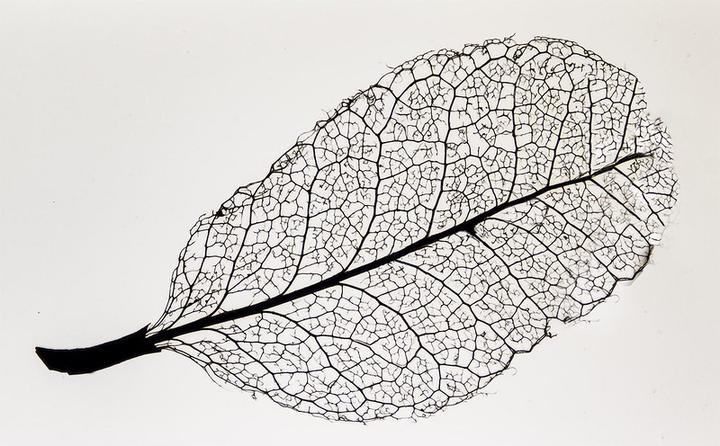Rational
The decomposition process of plant residues, such as leaves, wood, and roots, contributes to the release of mineral nutrients and carbon to the soil and the atmosphere. Therefore, decomposition has a major impact on ecosystem nutrient cycling and productivity, and the global carbon cycle [1]–[3]. Comprehending the decomposition process and its drivers is critical to better understand ecosystem functioning, inform Earth System Models, in particular for their accuracy in predicting climate change effects, and how to mitigate climate change [1].
The renewed debate on the relative importance of the major drivers of decomposition (environmental factors, characteristics of plant residues, decomposer organisms) when considering spatial and temporal scaling [4]–[6] requires a thorough evaluation of the current needs for decomposition experiments. However, the choice of plant residues studied and their accessibility to decomposers are often arbitrary, yet they profoundly determine the results and conclusions [2]. Various methods to study decomposition exist with their advantages and difficulties; however, these are rarely addressed up-front or compared specifically. Experimenters are facing common and recurrent methodological problems, such as contamination with soil or other exogenous materials, choice of the incubation time, phenological mismatches, or dealing with the natural litter layer and litterfall; and those of statistical nature, such as temporal resolution, spatial replication, representativeness, or data pooling. These issues are typically dealt with individually and differently across studies, which renders comparability across studies difficult and ultimately hinders scientific progress.
Goals
With this workshop, we aim to identify the current and future needs and challenges for decomposition experiments in terrestrial ecosystems and address explicitly the persisting conundrums in decomposition and how experiments are done as well as which measurements are needed. For instance, we will address the relative importance of decomposition drivers at various spatial and temporal scales, how to determine litter quality, the role of biodiversity, and the relative amount of mineralized versus sequestered carbon. To solve these current methodological challenges, we first aim to summarize the current methods, their advantages, inconveniences, implications, as well as main pitfalls. Second, we will develop a set of methods for terrestrial ecosystems that can be used worldwide together with methodological improvements to deal with the main pitfalls. This work will yield a viewpoint paper to be submitted to New Phytologist and an open-access handbook summarizing these findings and methods. These products will be of broad scientific interest, will help reconcile previous inconsistencies, and guide future ecosystem monitoring approaches.
References
[1] M. F. Cotrufo et al., “Formation of soil organic matter via biochemical and physical pathways of litter mass loss,” Nature Geosci, vol. 8, no. 10, Art. no. 10, Oct. 2015, doi: 10.1038/ngeo2520.
[2] I. T. Handa et al., “Consequences of biodiversity loss for litter decomposition across biomes,” Nature, vol. 509, no. 7499, pp. 218–221, 2014, doi: 10.1038/nature13247.
[3] S. E. Hobbie, “Plant species effects on nutrient cycling: revisiting litter feedbacks,” Trends in Ecology & Evolution, vol. 30, no. 6, pp. 357–363, Jun. 2015, doi: 10.1016/j.tree.2015.03.015.
[4] M. A. Bradford et al., “Climate fails to predict wood decomposition at regional scales,” Nature Clim Change, vol. 4, no. 7, Art. no. 7, Jul. 2014, doi: 10.1038/nclimate2251.
[5] M. A. Bradford et al., “A test of the hierarchical model of litter decomposition,” Nat Ecol Evol, vol. 1, no. 12, Art. no. 12, Dec. 2017, doi: 10.1038/s41559-017-0367-4. [6] P. García-Palacios, E. A. Shaw, D. H. Wall, and S. Hättenschwiler, “Temporal dynamics of biotic and abiotic drivers of litter decomposition,” Ecology Letters, vol. 19, no. 5, pp. 554–563, 2016, doi: 10.1111/ele.12590.
 by Martyn Fletcher
by Martyn Fletcher